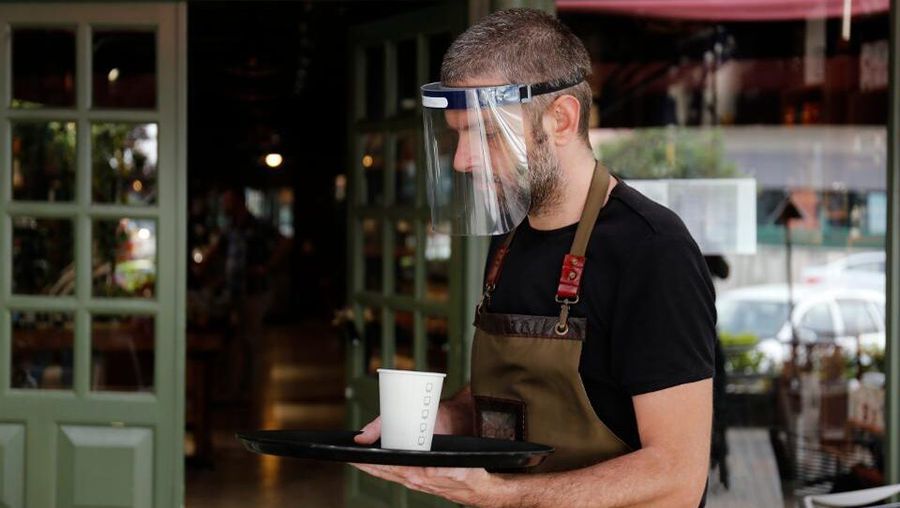
|
|
You might be using an unsupported or outdated browser. To get the best possible experience please use the latest version of Chrome, Firefox, Safari, or Microsoft Edge to view this website. |

Curious to know various states received how much government aid during the coronavirus pandemic and how many jobs they retained? See various representations below of the data sourced from SBA.GOV.
As of June 30, 2020, the Small Business Administration (SBA) processed 4,885,388 loans worth nearly $522 billion. More than 5,400 lenders have participated in the program. According to SBA data, these loans have helped support approximately 51 million jobs. The average loan size was $107,000, and 86.5% of all loans were for less than $150,000.
—
Although the initial deadline to apply for a PPP loan was June 30, Congress extended the deadline and lenders resumed taking applications July 6. The new deadline for submitting an application is Aug. 8. The current SBA data is subject to change based on this extended loan period and/or any other adjustments made.
Our sister company, Forbes Media was approved to receive between $5 million and $10 million in PPP funds, according to SBA data.
PPP Loan FAQs
What is a PPP loan?
The Paycheck Protection Program was created as part of the federal Coronavirus Aid, Relief and Economic Security (CARES) Act to help businesses cover payroll and other eligible expenses during the economic downturn caused by the spread of COVID-19. Eligible expenses include mortgage interest payments, rent and utility payments related to the business.
How can I apply for a PPP loan?
You can find and apply for a PPP loan through an approved bank or nonbank lending institution. Although the Small Business Administration is overseeing and processing PPP loans, you cannot apply directly through the federal agency.
Where will my funds be deposited if I am approved for a PPP loan?
PPP funds approved and authorized by the SBA will be deposited into the account that you designated on your application.
How should I use a PPP loan?
That depends. If you’re looking for total loan forgiveness, you’re required to use 60% of the funds for eligible payroll costs to remain eligible for full loan forgiveness. Businesses have 24 weeks instead of eight to use the funds—all of which must be spent by Dec. 31. Otherwise, if you’re seeking to borrow the money with the intention of repayment, you’ll have five years to pay your loan back at a 1% interest rate.


